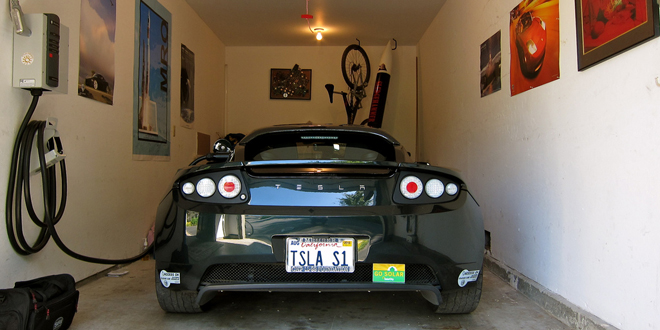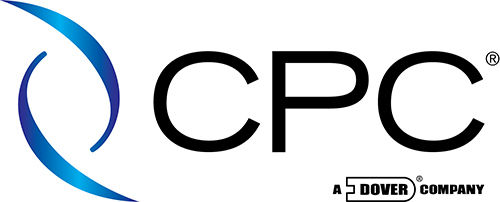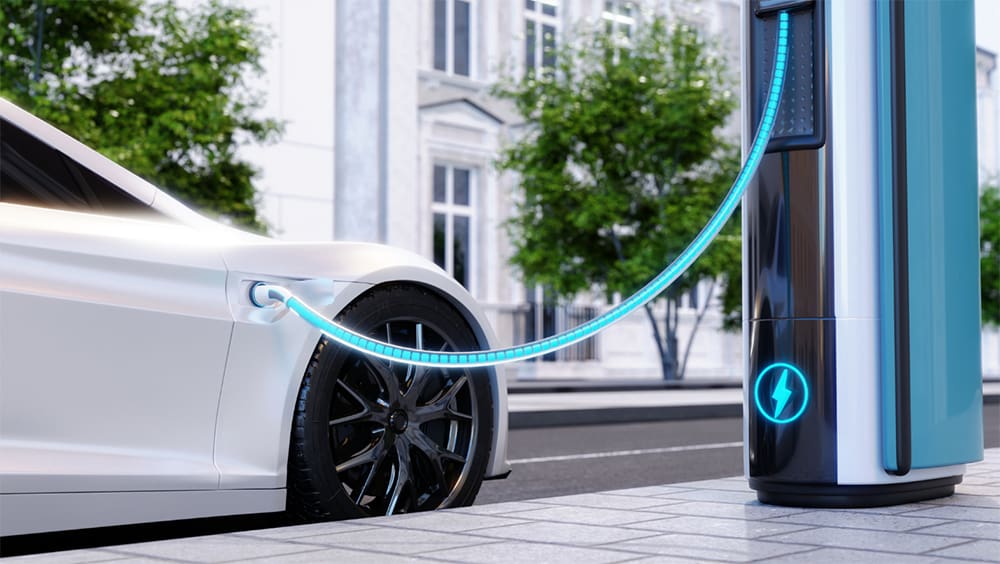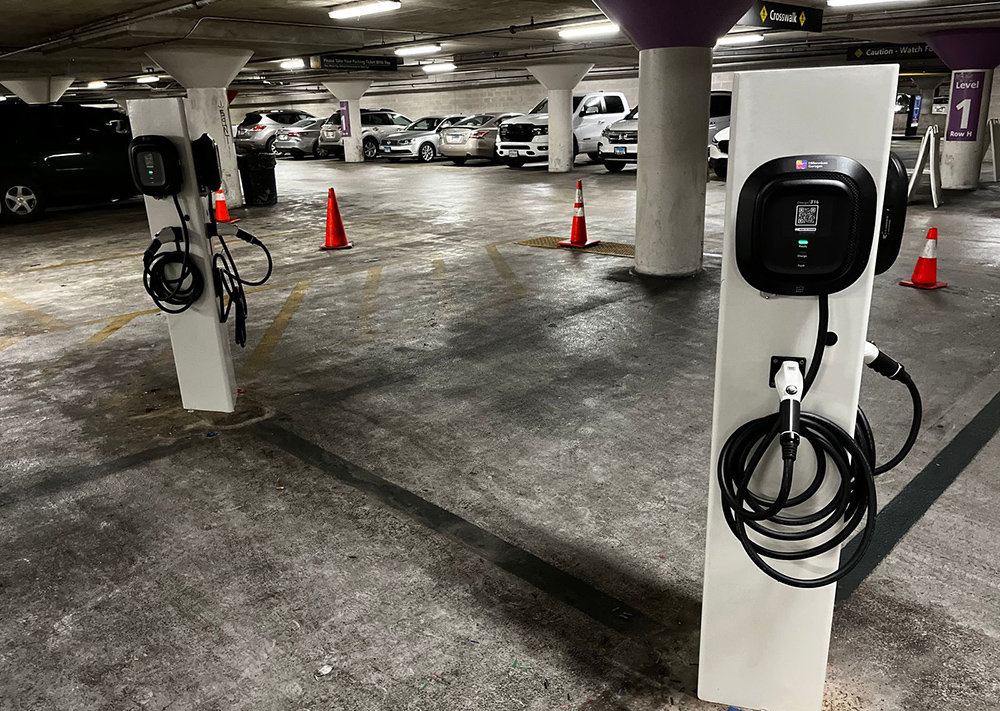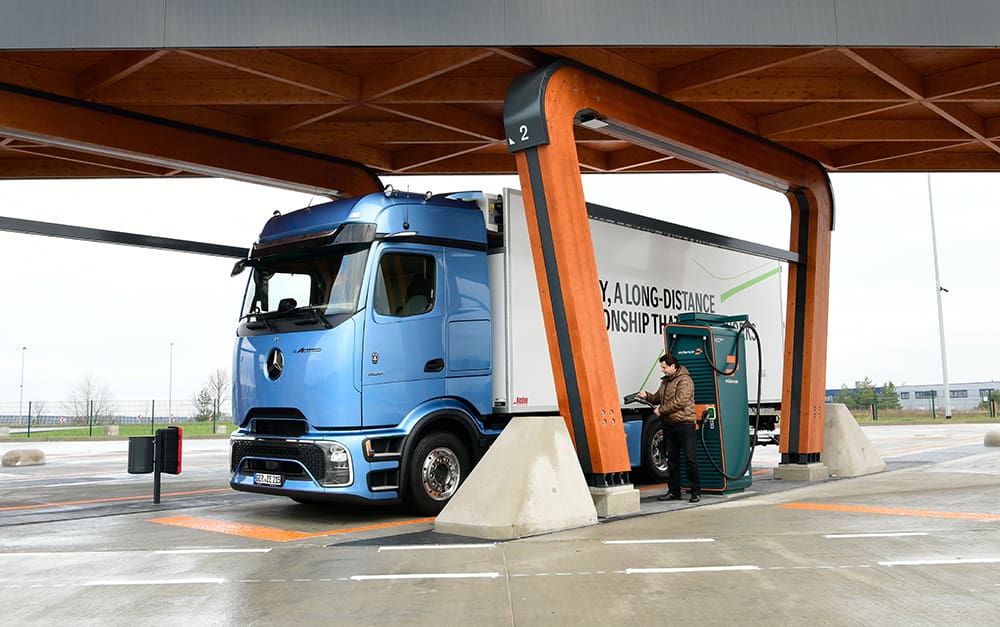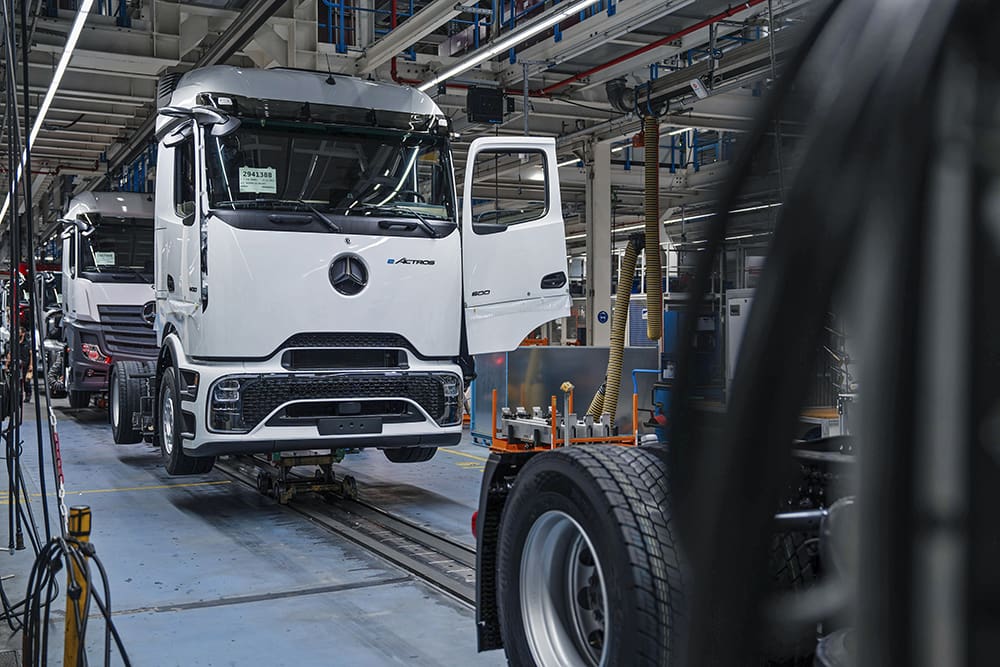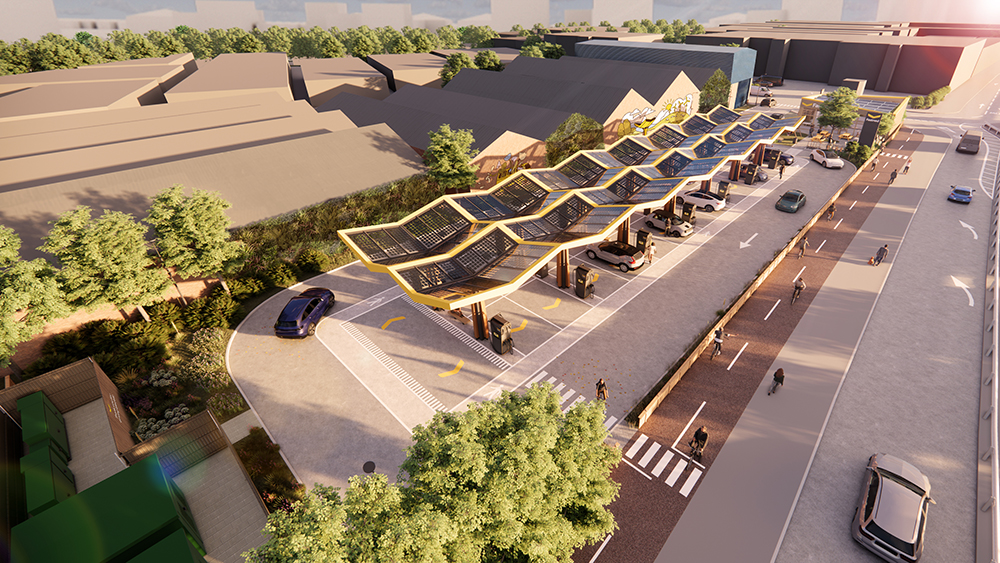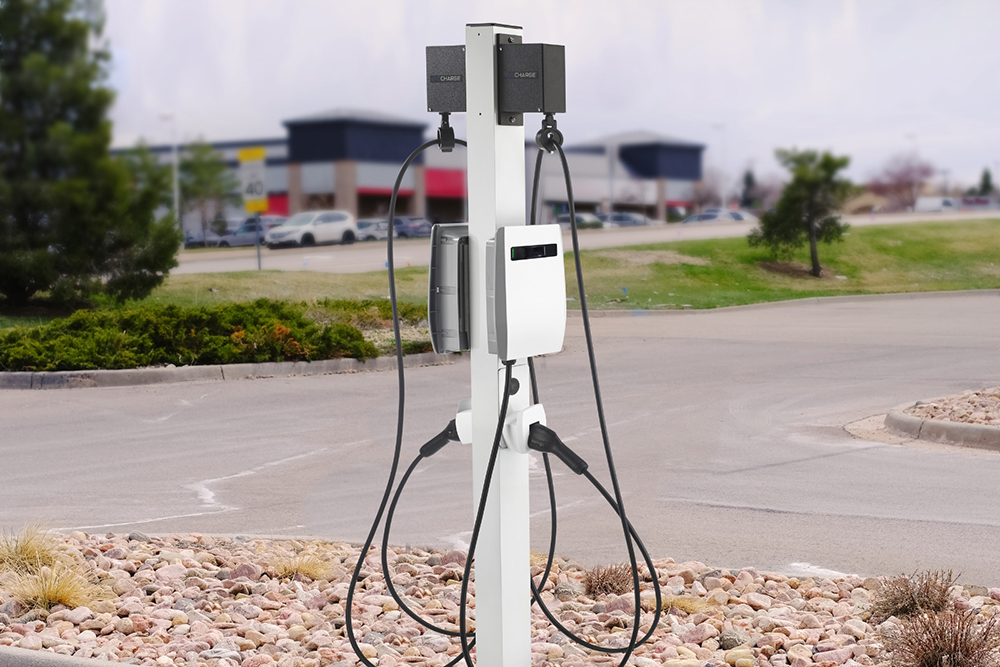The Golden State is preparing for the electrified future in a comprehensive way. The California Building Code will soon require that all newly constructed housing and parking lots provide the conduit and electrical system capacity for EV charging stations, beginning in 2015.
EVSE installation often requires trenching to run new electrical conduit, as well as upgrades to the service panel so it can supply enough power. The new code will ensure that the conduit and service panel capacity is already there, making installation a simple matter of running wires and bolting charging stations into place.
By one estimate, the average cost of compliance will be around $50, a fraction of the potential savings to residents who choose to install charging stations.
For one- and two-family dwellings, the service panel must have capacity for a 40-amp circuit (sufficient for a 32-amp charging station), and conduit that can support wiring for an 80-amp circuit. Developments with 17 or more units must provide conduit and service panel capacity for 3% of the parking spaces.
SEE ALSO: 25 US utilities now offer EV rates with an average equivalent “price per gallon” of $0.75
Parking lots with over 100 parking spaces will also be required to have EVSE conduit and service panel capacity to cover 3% of the parking spaces.
A report from the Department of Housing and Community Development summarizes the new requirements.
Source: CA Department of Housing and Community Development via The Long Tailpipe
Image: Jurvetson/Flickr


